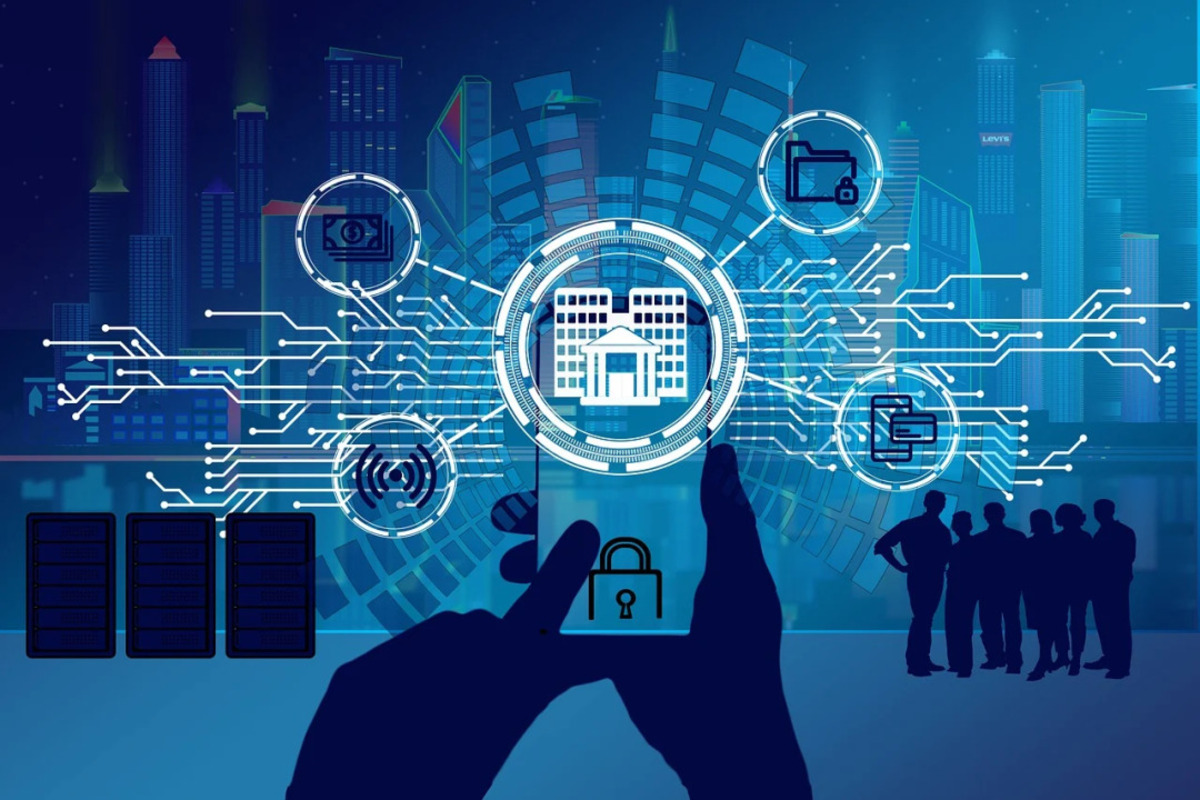
Shifting Away From the Traditional Bank Experience
Walking into a branch to deposit a check or speak with a teller once felt like a regular part of financial life. But that’s changing. As more people rely on mobile apps and digital tools, physical bank visits are becoming rare. The banking experience is moving to where users already spend their time—on their phones, tablets, and laptops.
This shift isn’t just about convenience. It reflects a broader expectation for fast, seamless service. Customers want access to accounts, loans, and payments without waiting in line or checking branch hours. Technology now makes this possible with tools that feel natural and personalized.
The change is not about removing human connection. It’s about making that connection more efficient. When banks focus on digital-first solutions, they can still provide support—just in smarter, more flexible ways that suit today’s lifestyle.
Mobile Banking as the New Norm
Smartphones are now the center of most people’s financial lives. From checking balances to paying bills and applying for credit, mobile banking offers everything users once needed a branch for. The design is simpler, faster, and available 24/7.
Most banking apps allow features like budgeting tools, transaction alerts, mobile deposits, and instant transfers. For many users, these are enough. Instead of heading downtown to sort out finances, people manage it all from their couch, commute, or even during lunch breaks.
This convenience has helped mobile banking become more than just a backup. It’s now the preferred method for most basic transactions. The more these tools improve, the less people miss the physical branch.
Chatbots and Digital Assistants Taking on Customer Service
When questions come up, customers no longer need to wait on hold or find a local branch. Smart chatbots are now able to answer common queries, walk users through account steps, and even offer suggestions based on past activity.
These tools don’t just mimic human support—they often respond faster and with more accuracy. Digital assistants powered by machine learning can spot patterns in user behavior, flag potential issues, and guide decisions in real time.
For more complex needs, live agents are still available—just via chat or video call instead of behind a counter. This hybrid model offers the best of both worlds: speed when it matters, and personal help when it counts.
Fintech Startups Leading the Way
New players in the financial space have taken the no-branch model to heart. Startups like Chime, Monzo, and Revolut offer full banking services without a single storefront. They’ve built their platforms around what customers want most—speed, transparency, and control.
These companies often skip fees, allow early paycheck access, and provide real-time spending notifications. Their platforms are mobile-first by design, offering everything traditional banks do, just without the building.
Their success shows that branches aren’t necessary to build trust or deliver value. With simple onboarding, sleek design, and strong support, these startups are reshaping how people define a bank—and showing that trust can be built through technology.
Security and Trust in a Branchless World
One concern about digital banking is security. Without a physical location, some worry about fraud or identity theft. But many digital banks invest heavily in encryption, authentication, and real-time fraud detection to keep accounts safe.
Biometric login, instant transaction alerts, and one-time passcodes help prevent unauthorized access. Some platforms also use AI to monitor for suspicious behavior, freezing accounts instantly if something looks off.
Just like locks and cameras in a bank lobby, digital banks have layers of protection behind the screen. And for users, knowing they can freeze a card with one tap or get notified of every charge adds a sense of control that branches never provided.
Personalization Through Data and AI
One of the most powerful shifts in digital banking is the ability to tailor services to each user. Apps now use behavior data to offer savings tips, suggest credit options, or remind customers of upcoming bills.
Instead of offering one-size-fits-all accounts, banks can adapt features in real time. A student may receive different budgeting advice than a small business owner. A frequent traveler might be shown currency conversion tools, while a new homeowner might see mortgage calculators.
This kind of personalization was difficult in traditional branches. Tellers didn’t always know each customer’s habits. Now, apps can learn over time and offer services that feel thoughtful and proactive.
Changing Role of Physical Branches That Still Exist
Even as many branches close, some remain open—but their role is evolving. Instead of processing routine tasks, these locations now focus on education, consulting, or large transactions like home loans or retirement planning.
Think of them more like financial studios than standard offices. Customers come in for high-value conversations, not quick errands. Branch staff often serve as advisors rather than clerks, helping people make decisions instead of just handling deposits.
For those who still prefer face-to-face interaction, these branches offer that without requiring them for every task. They serve as a supportive option, not a requirement.
Digital-Only Doesn’t Mean Less Human
A branchless future doesn’t mean a colder experience. Many digital banks have built strong customer relationships through email, in-app messaging, and even social media. Fast response times, clear answers, and real empathy build trust.
Some platforms offer video support for more sensitive issues. Others assign personal account managers to guide customers through complex steps. These human touches—delivered through screens—feel just as real as in-person service.
What matters most is responsiveness and clarity. When those are in place, digital support can feel more personal than a rushed conversation across a counter.
International Access and Financial Inclusion
One big advantage of digital banking is its reach. People in rural areas, underserved communities, or even outside traditional markets can now access services that were once out of reach. All they need is a device and a connection.
This broader access means more people can build credit, save for emergencies, or start small businesses. It also opens up the ability to manage finances across borders—send money home, travel easily, or manage accounts while living abroad.
As digital tools grow more inclusive, the banking system becomes more open too. Removing the physical barriers allows more people to participate and plan for their future.
A Simpler Future for Everyday Finance
The future of banking without branches isn’t distant—it’s already underway. Apps handle payments, support agents reply instantly, and personalized tools help users take control. What once required a building now fits in your pocket.
By rethinking how banks serve their customers, financial services are becoming faster, more flexible, and more human in ways that weren’t possible before. It’s not about replacing something old—it’s about building something that works better for the way people live now.






